“When I arrived in Chicago, one of the first things that caught my attention was the absence of life out on the streets,” observed author José Angel N., who came to the city from Mexico in the late 1990s. “Life in the United States, I would soon learn, is lived indoors.” This observation about Americans’ everyday use of public spaces and private places was by no means distinctive to the place or the person. Frank Trejo, a longtime Dallas journalist covering Spanish-speaking immigrants in that city, agreed. “One of the things that people say to me is that there’s a real absence of public life. That they miss having everybody hanging out in front of their houses, walking down the street, hanging out in the plaza.” Latin American immigrants have often expressed variations on this same basic theme: that compared to their home countries, people in the United States make much less use of sidewalks, yards, parks, plazas, and similar gathering places, preferring to spend more of their time at home in private.
The people of Anglo-America had been saying much the same thing for decades. Books like Richard Sennett’s The Fall of Public Man (1977), Alan Ehrenhalt’s The Lost City: The Forgotten Virtue of Community in America (1995), and Robert Putnam’s Bowling Alone: The Collapse and Revival of American Community (2000) offered well-grounded critiques of the decline of a public-spirited populace going out into their communities and spending time with their fellow Americans. These and many other studies showed that middle-class Americans were gradually moving away from activities that they had enjoyed together in public places and instead pursuing them in private: movie palaces lost out to home theaters, municipal natatoriums gave way to backyard pools.
Read the full article on PLATFORM
Author A. K. Sandoval-Strausz
Recommended by Luisa Bravo

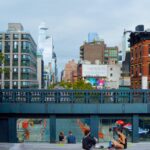



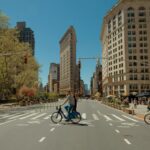
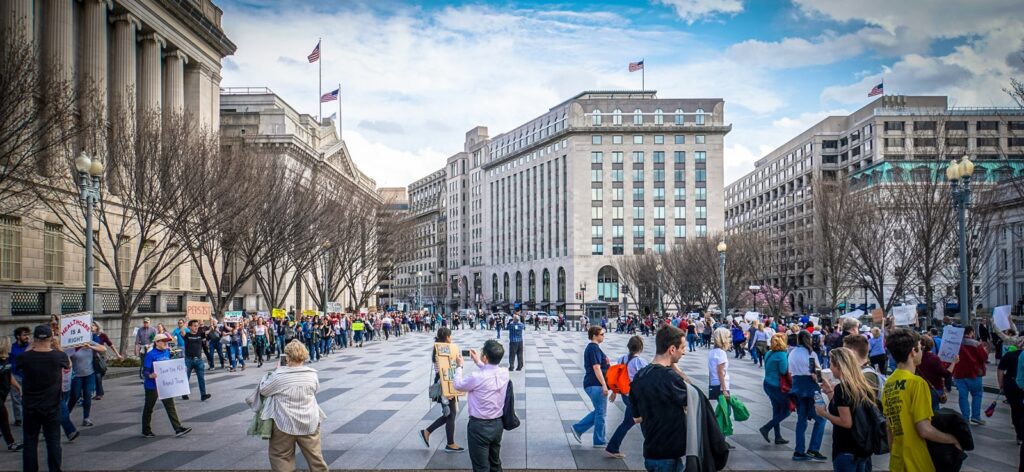
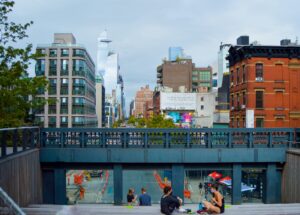
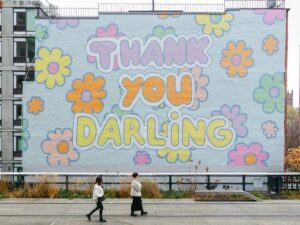
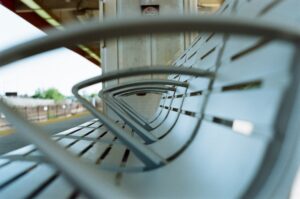

More Stories
The best outdoor art in NYC this winter (2024)
Activists vow to keep installing guerrilla benches at East Bay bus stops
A Blueprint for Public Realm Leadership